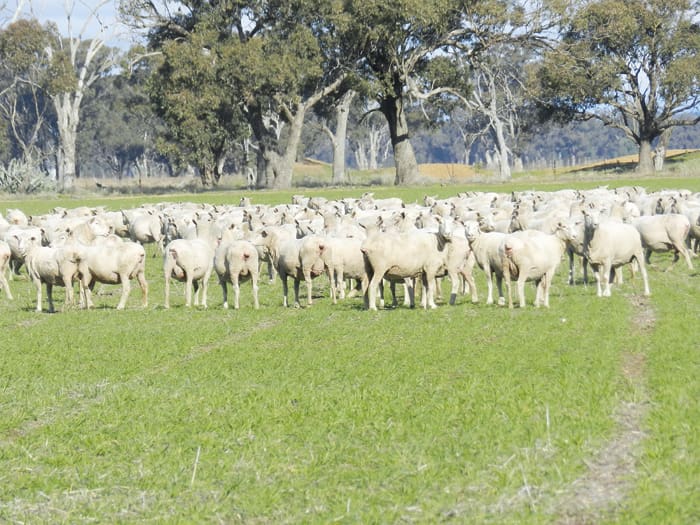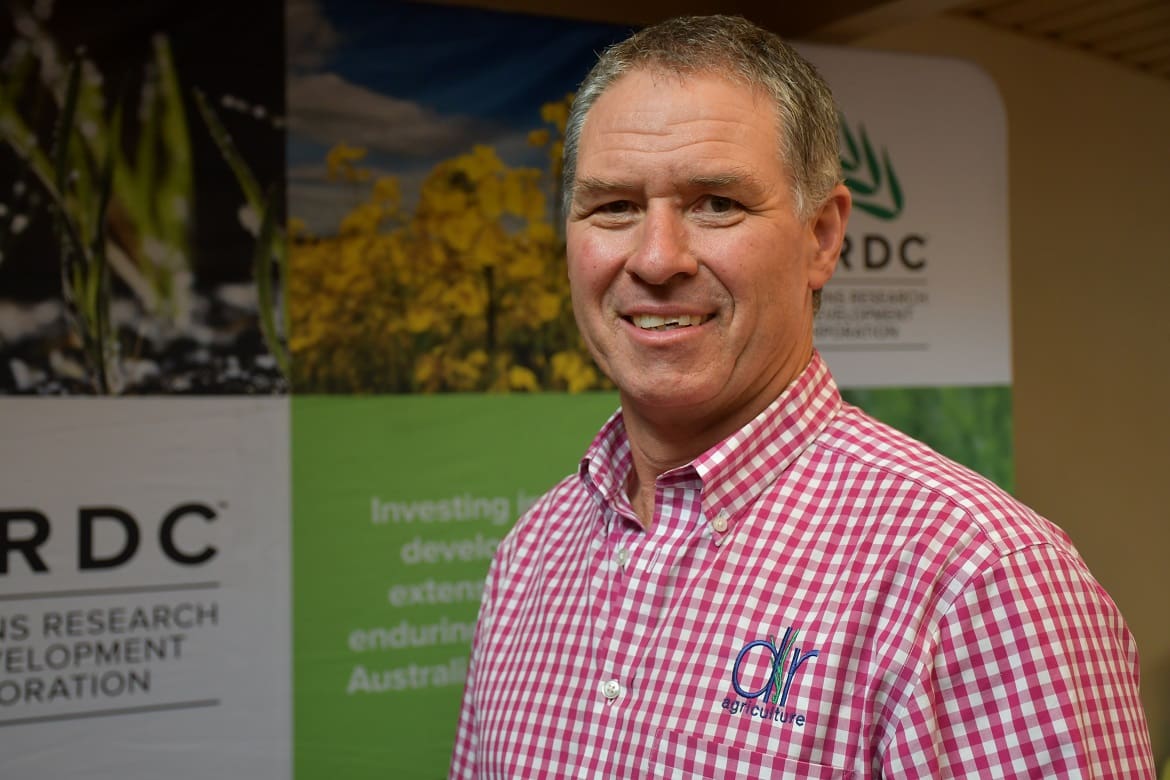
IMPROVED seasonal and commodity market outlooks have made dual-purpose crops an attractive option for mixed farming operations this year but growers are reminded the ‘devil is in the detail’ when it comes to production success.
Central west New South Wales-based farm consultant, David Harbison, Molong, said success with dual-purpose crops began long before sowing or stocking and required consideration of paddock size, adequate stock density, location and availability of stock watering points as well as weight gain and yield targets.
“Management planning for grazing cereals needs to start well in advance of the crop being grazed or even going in the ground because we need a clear understanding of the feed requirements of the business,” Mr Harbison said.
“It’s important to determine when feed availability will be low, what class of stock will be on hand at that time and what the livestock production target is.
“Growers can then calculate the likely area of grazing crop needed, using regional dry matter (DM) crop growth rates to assist.”

David Harbison
Over the years, collaborative research efforts by the CSIRO and GRDC into dual-purpose crops have highlighted the importance of adhering to the ‘safe’ grazing period – when crops are well anchored and still vegetative – to avoid impacting on the recovery and grain yield of plants.
However, it is also vital to consider how the crop is to be grazed if its feed value and grain yield is to be maximised.
“In general, cropping machinery over the last 20–30 years has become larger and more efficient and, as a result, livestock infrastructure has been reduced and, in many cases, removed,” Mr Harbison said.
“What this means for dual-purpose crops is that many paddocks are now too large to graze efficiently.”
From a grazing and stock watering efficiency perspective, Mr Harbison said paddocks should ideally be less than 40 hectares.
“Getting the most from the grazing dry matter? (DM) requires eating more of what is on offer, over a shorter period of time and leaving a critical residual biomass to allow adequate crop regrowth before subsequent grazings and/or flowering and harvest,” he said.
“It’s about knowing how much feed is going to grow and then determining the required mob size so that grazing occurs evenly across the paddock. Once you have larger-sized paddocks, the sheer number of animals required to graze the paddock effectively is huge.
“If stock density is too low, the danger is that animals only graze near water or around stock camps and they don’t go to the other end of the paddock.
“The best returns in grazing crops occur when animals eat more of what is grown.”
Using the CSIRO’s grazing day research data, a 40ha paddock would require approximately 1600 dry sheep equivalents (potentially 2000 lambs or 230-250 weaner steers depending on size) for two 25-day grazing periods. A larger paddock will proportionately increase the stock number needed to optimise grazing efficiency.
The other challenge posed by larger paddocks is the provision of adequate water points and water quality.
The distance to, as well as the temperature and cleanliness of water and the type of water infrastructure all impact on animal intake and performance. Put simply, when animals drink less, they eat less and therefore underperform.
“At the end of the day, dual-purpose crops offer excellent opportunities to growers with livestock in their systems to utilise early-season sowing opportunities, spread risk, and increase per hectare returns,” Mr Harbison said.
“However, making the most of these opportunities relies not only on good grazing management, but also on getting the logistics right with regards to paddock size, water infrastructure and stock density.”
Effective management of dual-purpose crops is one of the key topics at the GRDC Grains Research Updates being delivered live and online during July and August. A series of five weekly online events specifically designed for southern and central New South Wales growers and advisers will be streamed every Thursday from 9am, starting from July 23. For a full program or information about how to register click here.
Source: GRDC
Mr Harbison will present more information on this topic as part of a GRDC Grains Research Update webinar on July 30. To register for the free webinar click here.

HAVE YOUR SAY